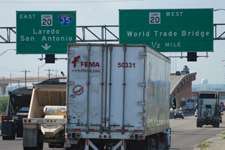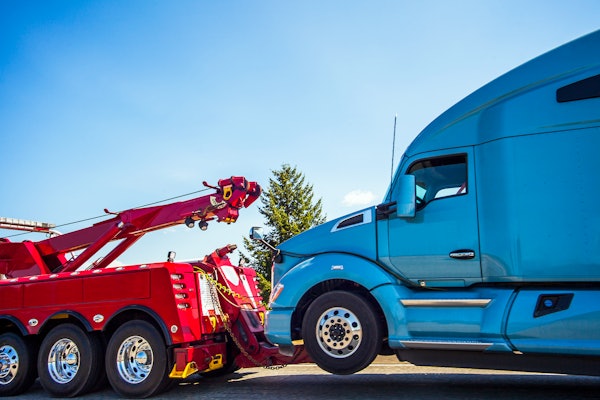
I had to look no further than my own past reporting for the answer, as I talked to at least one of the cross-border U.S. carriers after the suspension of the program for Mexican carriers.
And the August issue of Mexico’s Canacar magazine, too, shows that of the U.S. carriers that initially signed on in 2007 when the cross-border program started to do long-haul in Mexico, three have continued to operate into Mexico, with no gap whatsoever.
Even as the Mexican government adopted trade-war-type tactics in retaliation for the Congress’ and the President’s effectively halt of the program on this side of the border in 2009, imposing new tariffs on a basket of U.S. goods imported into the country, they continued to hold up their side of the NAFTA long-haul bargain. Carriers still participating, well, continued participating.

Most recent data is as follows:
Three carriers remain — Plastics Express of City of Industry, Calif.; Stagecoach Cartage and Distribution of El Paso, Texas; and Joliet, Ill.-based A&R Transport — of the original 10 who signed on with the program. Their cross-border activity between September 2011 and May of this year shows a quite higher level than Mexican carriers in the U.S. program: A total of 42 trucks operated by 40 drivers and making 2,570 crossing into Mexico. (Porter Corn on MexicoTrucker.com wrote a little about this report in this post.)
In 2009, when I went to the border area in Laredo and talked to longtime trucking participants both U.S. and Mexican there, I was struck with a sense of how intermingled the economies are in the area. Though not everyone there was particularly happy about the fact in all aspects, the economic realities along the border have over the years moved in the direction of equilibrium in many respects. I called the feature story that resulted from that reporting back then “Roads to common ground.” I might have intended that title as a sort of suggestion of an ideal of sorts — a movement toward a future of prosperity for drivers on both sides, the cross-border pilot program as fractious, fits-and-starts backdrop — or just a literal reference to the border area. Probably, as in many things, there’s a smidgen of both there. You can read the feature story in full here.
Three and some years is not a long time, but long enough to see some movement, perhaps. But given the continuing strain between ours and the Mexican government on the cross-border issue, among many others — given what’s happened broadly in the interim — I don’t think we’re any closer to that common ground than we were back then. Rereading my old story reinforces the thought.
What do you think?













